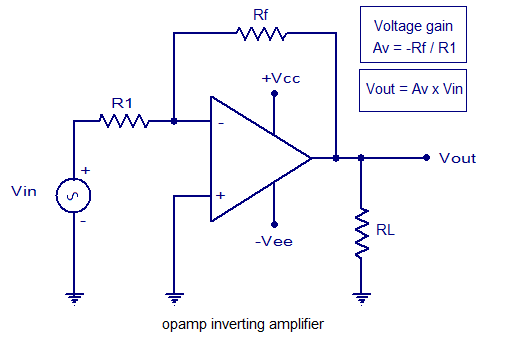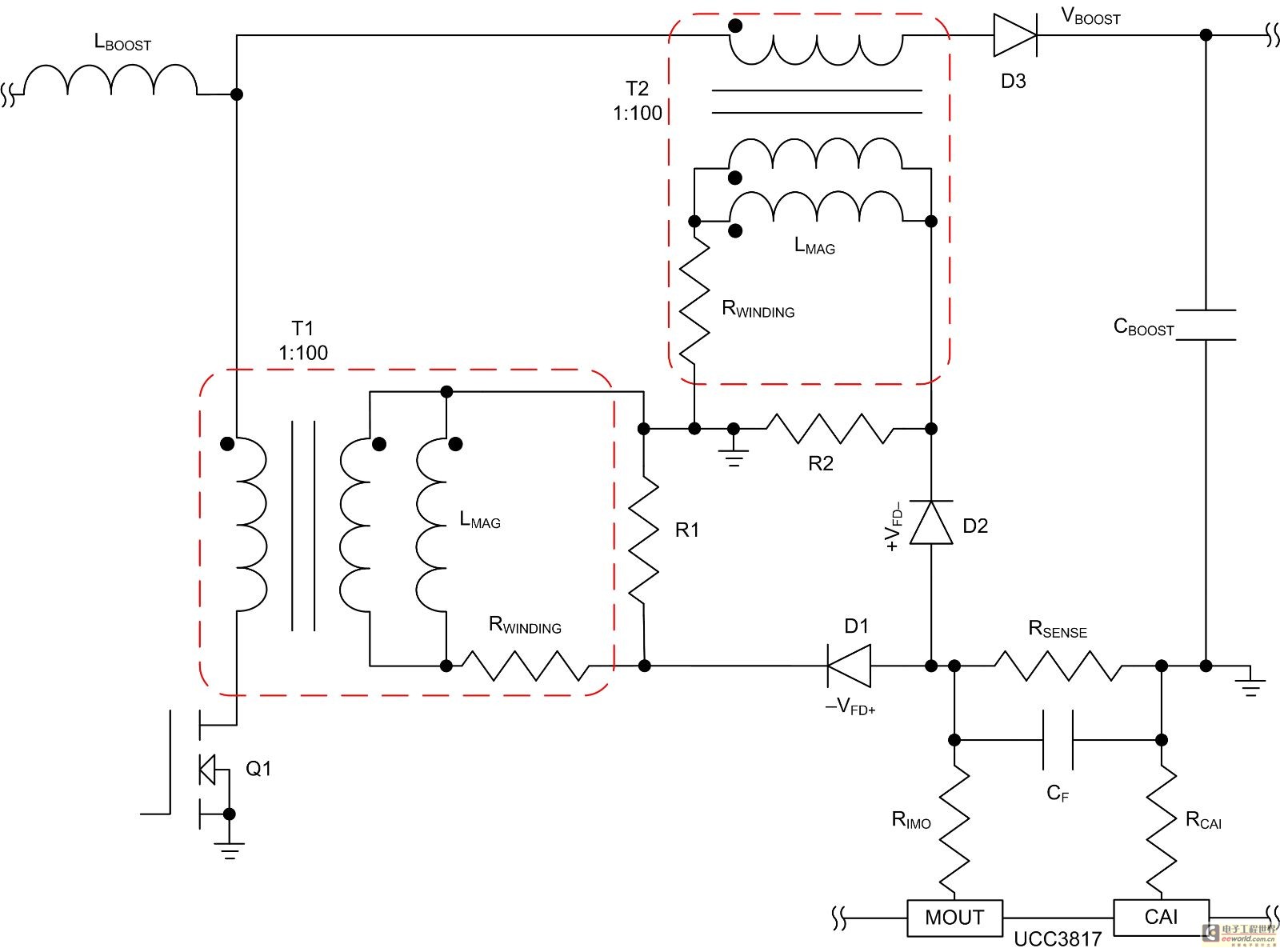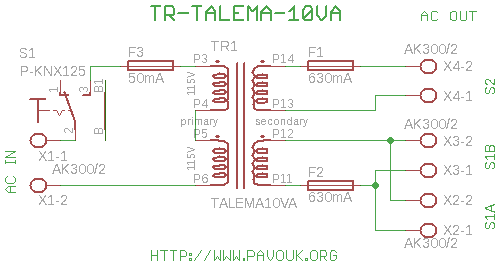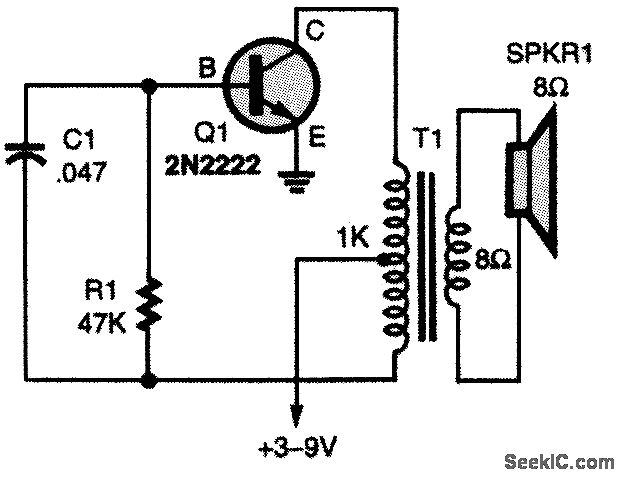
Inverters form three-phase VCO
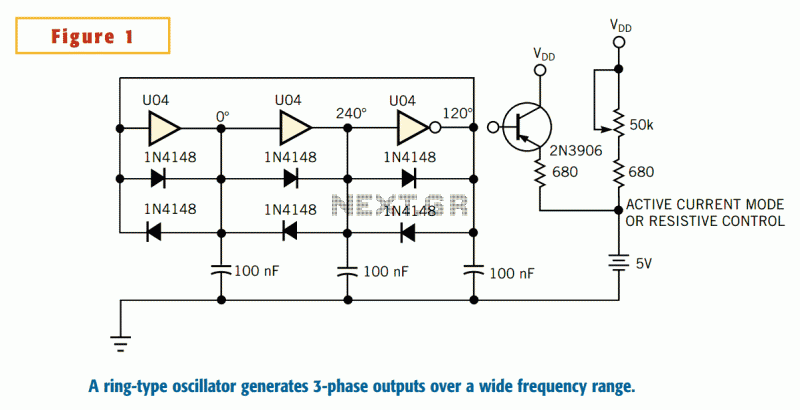
The inspiration for the VCO in Figure 1 came from Texas Instruments application notes of years ago, detailing the use of unbuffered U-type inverters for use in ring oscillators. The application notes circuit consists of only the inverters. The circuit generates relatively squarish waveforms. Any ring oscillators operation depends on the fact that an odd number of inversions exists around the loop. More: Any odd number of inverters would work. The feedback is inverting, or negative. The feedback creates an initial bias equilibrium at the transition voltage for the gates. Loop gain greater than unity is a necessary condition for oscillation. Unbuff
The Voltage-Controlled Oscillator (VCO) described utilizes a configuration of unbuffered U-type inverters arranged in a ring oscillator format. This design is inspired by classic application notes from Texas Instruments, which highlight the effective use of these inverters in generating oscillatory signals.
In this circuit, an odd number of inverters is essential, as it ensures that the feedback loop introduces a negative or inverting feedback mechanism. This configuration is crucial for maintaining the oscillation since it allows the signal to propagate through the loop, creating a continuous oscillatory output. The generated waveforms are characterized as relatively squarish, which is typical for ring oscillator designs due to the sharp transitions between high and low states.
The operational principle of the ring oscillator hinges on the concept of loop gain. For the circuit to oscillate, the loop gain must exceed unity. This condition ensures that the feedback signal is strong enough to sustain oscillations. Moreover, the feedback mechanism establishes an initial bias equilibrium at the transition voltage of the inverter gates, allowing for stable operation.
The implementation of this VCO can vary based on the number of inverters used, as any odd number will suffice. Careful consideration must be given to the specific characteristics of the inverters employed, including their switching speeds and propagation delays, as these parameters will influence the frequency and stability of the oscillation.
Overall, the described circuit serves as a foundational design for various applications requiring oscillatory signals, including clock generation, signal modulation, and frequency synthesis. The simplicity of the configuration, coupled with its effectiveness, makes it a valuable reference for engineers and designers working in the field of electronics.The inspiration for the VCO in Figure 1 came from Texas Instruments application notes of years ago, detailing the use of unbuffered U-type inverters for use in ring oscillators. The application notes circuit consists of only the inverters. The circuit generates relatively squarish waveforms. Any ring oscillators operation depends on the fact that an odd number of inversions exists around the loop.
The Voltage-Controlled Oscillator (VCO) described utilizes a configuration of unbuffered U-type inverters arranged in a ring oscillator format. This design is inspired by classic application notes from Texas Instruments, which highlight the effective use of these inverters in generating oscillatory signals.
In this circuit, an odd number of inverters is essential, as it ensures that the feedback loop introduces a negative or inverting feedback mechanism. This configuration is crucial for maintaining the oscillation since it allows the signal to propagate through the loop, creating a continuous oscillatory output. The generated waveforms are characterized as relatively squarish, which is typical for ring oscillator designs due to the sharp transitions between high and low states.
The operational principle of the ring oscillator hinges on the concept of loop gain. For the circuit to oscillate, the loop gain must exceed unity. This condition ensures that the feedback signal is strong enough to sustain oscillations. Moreover, the feedback mechanism establishes an initial bias equilibrium at the transition voltage of the inverter gates, allowing for stable operation.
The implementation of this VCO can vary based on the number of inverters used, as any odd number will suffice. Careful consideration must be given to the specific characteristics of the inverters employed, including their switching speeds and propagation delays, as these parameters will influence the frequency and stability of the oscillation.
Overall, the described circuit serves as a foundational design for various applications requiring oscillatory signals, including clock generation, signal modulation, and frequency synthesis. The simplicity of the configuration, coupled with its effectiveness, makes it a valuable reference for engineers and designers working in the field of electronics.The inspiration for the VCO in Figure 1 came from Texas Instruments application notes of years ago, detailing the use of unbuffered U-type inverters for use in ring oscillators. The application notes circuit consists of only the inverters. The circuit generates relatively squarish waveforms. Any ring oscillators operation depends on the fact that an odd number of inversions exists around the loop.
Any odd number of inverters would work.The feedback is inverting, or negative. The feedback creates an initial bias equilibrium at the transition voltage for the gates. Loop gain greater than unity is a necessary condition for oscillation. Unbuff
🔗 External reference